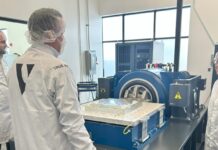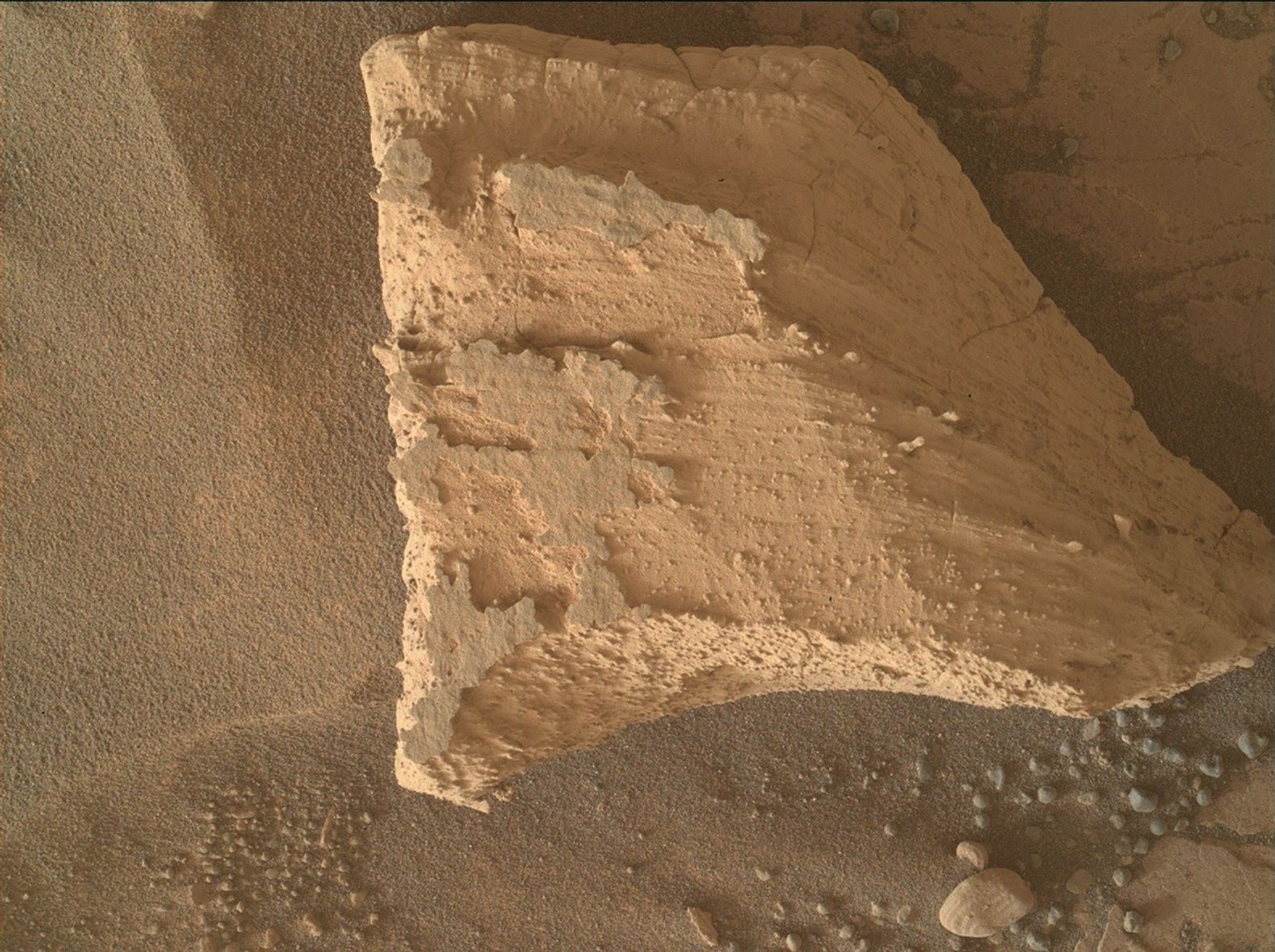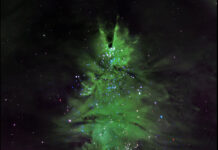Exploring the Recent Achievements of NASA’s Curiosity Rover on Mars
NASA’s Curiosity rover, a part of the Mars Science Laboratory mission, continues to explore the Martian surface with remarkable success. This article highlights the latest achievements and scientific endeavors carried out by the rover during its mission on Sols 4355-4356, which correspond to Earth dates November 3-4, 2024. The rover’s journey on Mars has been a testament to human ingenuity and the relentless pursuit of knowledge about our neighboring planet.
A Glimpse into Curiosity’s Latest Mission
Curiosity’s latest venture involved exploring a region on Mars known as "Black Bear Lake." The rover used its Mars Hand Lens Imager (MAHLI), a camera located on the turret at the end of its robotic arm, to capture detailed images of the Martian soil and rocks. The MAHLI can focus on objects as close as a few centimeters, allowing for high-resolution images that provide valuable insights into the planet’s geological history.
In this particular mission, Curiosity’s MAHLI captured a composite image of "Black Bear Lake," showcasing a trapezoid-shaped stone with numerous lines running across its surface. These lines suggest a layered composition, offering clues about the planet’s past environmental conditions. Such findings are crucial for understanding Mars’s geological evolution and assessing its potential to have supported life.
Success on the Martian Surface
The success of Curiosity’s weekend mission is a testament to the meticulous planning and execution by the NASA team. Despite the rover’s age—nearing 13 years—Curiosity’s instruments and systems continue to function effectively, allowing it to carry out complex scientific operations.
During this mission, the team focused on two primary targets: "Epidote Peak" and "Milly’s Foot Path." Epidote Peak was chosen for analysis using the Alpha Particle X-ray Spectrometer (APXS) and MAHLI, while Milly’s Foot Path was examined exclusively with MAHLI. The APXS is particularly effective when the target is cold, so the team scheduled the brushing and analysis of Epidote Peak for early in the Martian day. This strategic planning maximized the scientific output of the mission.
Advanced Imaging and Analysis
Curiosity’s mission also involved extensive remote sensing using its ChemCam and Mastcam instruments. ChemCam, a laser-induced breakdown spectroscopy (LIBS) tool, was employed to analyze a bedrock block named "Albanita Meadows." This analysis provides information about the elemental composition of Martian rocks and soils, contributing to our understanding of the planet’s surface chemistry.
Mastcam, Curiosity’s primary imaging system, captured a series of stereo mosaics to document the surrounding landscape. These mosaics included images of upturned blocks, polygonal fracture patterns, and distant geological formations like Wilkerson Butte and Pinnacle Ridge. The extensive imaging not only aids in navigation and planning but also enhances our understanding of Martian geology.
The Journey Continues
Following the successful completion of its tasks, Curiosity embarked on a drive to a new location approximately 34 meters northwest of its previous position. This journey brings the rover closer to another dark-toned band within the sulfate unit, a region of interest for planetary scientists.
Despite the challenges of operating on a distant planet, Curiosity’s mission continues to yield valuable scientific data. The rover’s ability to autonomously explore and analyze the Martian surface demonstrates the effectiveness of modern robotics and artificial intelligence in space exploration.
Understanding Curiosity’s Instruments
For those unfamiliar with the technical aspects of Curiosity’s mission, here’s a brief overview of some of the key instruments used:
- Mars Hand Lens Imager (MAHLI): A high-resolution camera that captures detailed images of rocks and soil. It can focus on targets as close as a few centimeters, providing a magnified view similar to a geologist’s hand lens.
- Alpha Particle X-ray Spectrometer (APXS): An instrument that determines the elemental composition of rocks and soils by measuring the X-rays emitted after being bombarded with alpha particles.
- ChemCam: A remote sensing tool that uses a laser to vaporize a small portion of a target. The resulting plasma is analyzed to determine the elemental composition of the target.
- Mastcam: A pair of cameras that capture high-resolution images and videos of the Martian landscape. These images help scientists study the planet’s geology and atmosphere.
The Broader Impact of Curiosity’s Discoveries
Curiosity’s mission has significantly advanced our understanding of Mars. By studying the planet’s geology, climate, and potential for habitability, the rover has provided valuable data that informs future missions, including the search for signs of past life.
The rover’s discoveries have also sparked public interest in space exploration, inspiring a new generation of scientists and engineers. As we continue to explore Mars and other celestial bodies, missions like Curiosity’s remind us of the importance of scientific inquiry and the endless possibilities of discovery.
Looking Ahead
As Curiosity continues its journey across the Martian surface, scientists eagerly anticipate the new findings and insights it will provide. Each mission contributes to a growing body of knowledge about Mars, bringing us closer to answering fundamental questions about the planet’s history and potential for life.
For those interested in learning more about Curiosity’s mission and other Mars exploration efforts, NASA provides a wealth of resources, including images, videos, and scientific updates, on its official website. These resources offer a comprehensive view of the ongoing exploration of the Red Planet and the exciting discoveries that await.
In conclusion, Curiosity’s recent achievements highlight the remarkable capabilities of modern space exploration technology. As the rover continues to uncover the mysteries of Mars, it paves the way for future missions and inspires us to reach for the stars. For more detailed updates and insights, you can visit the official NASA website at NASA Science.
For more Information, Refer to this article.


































